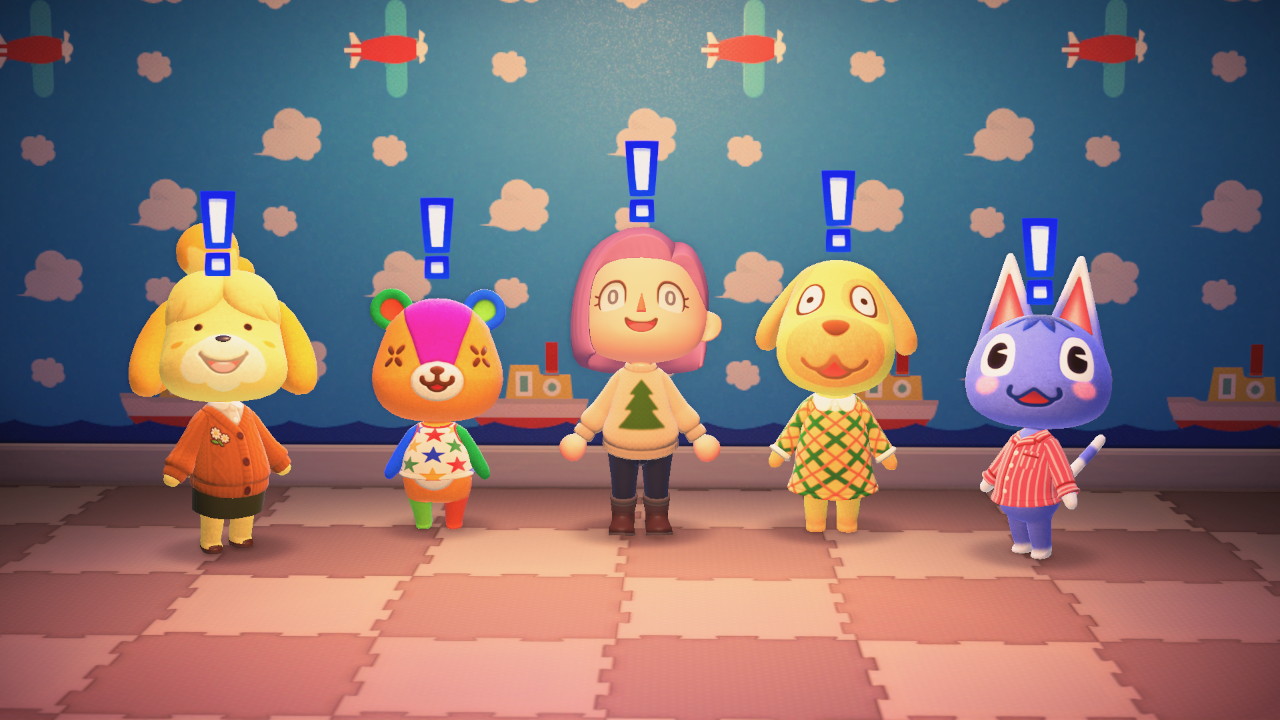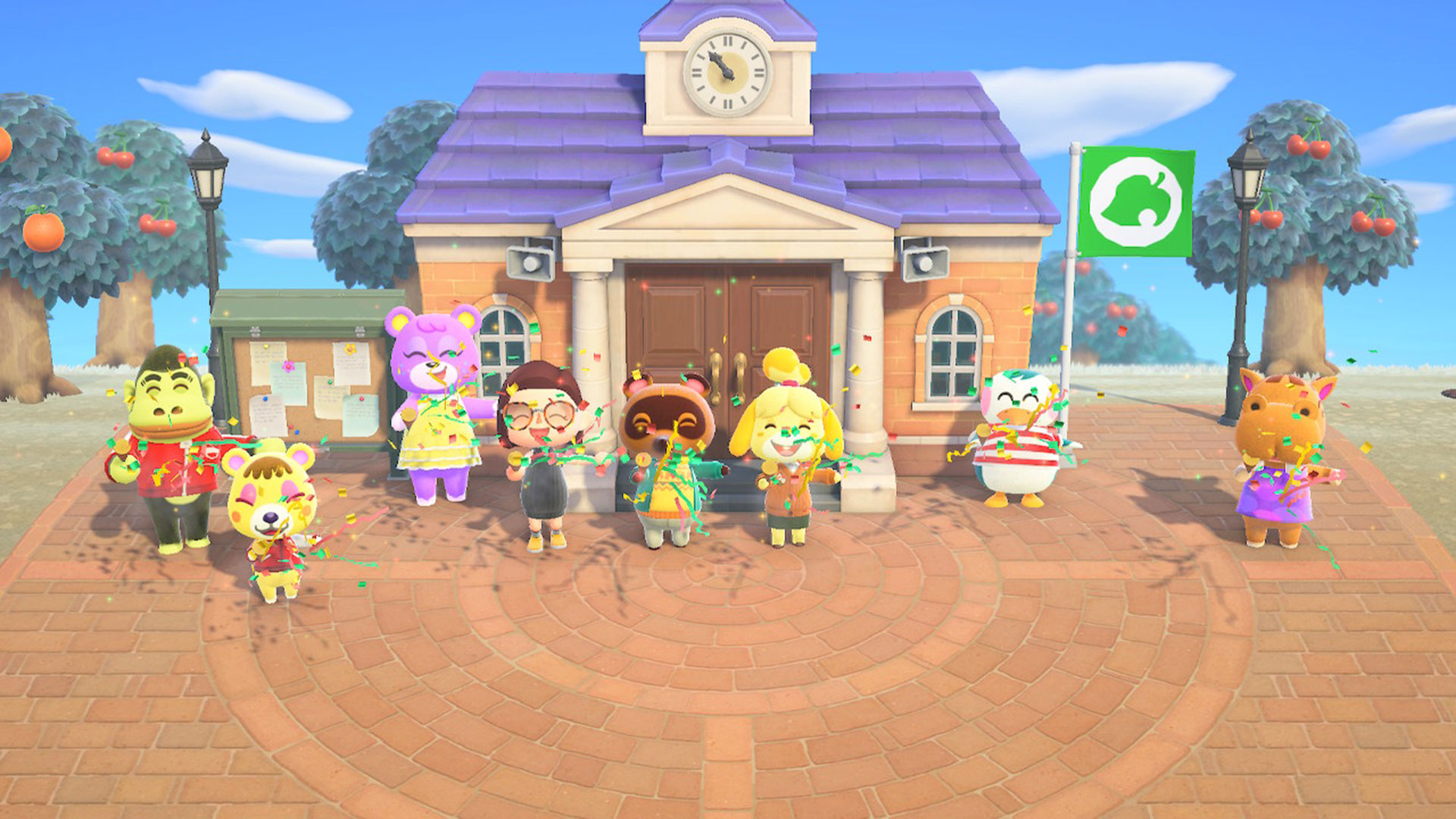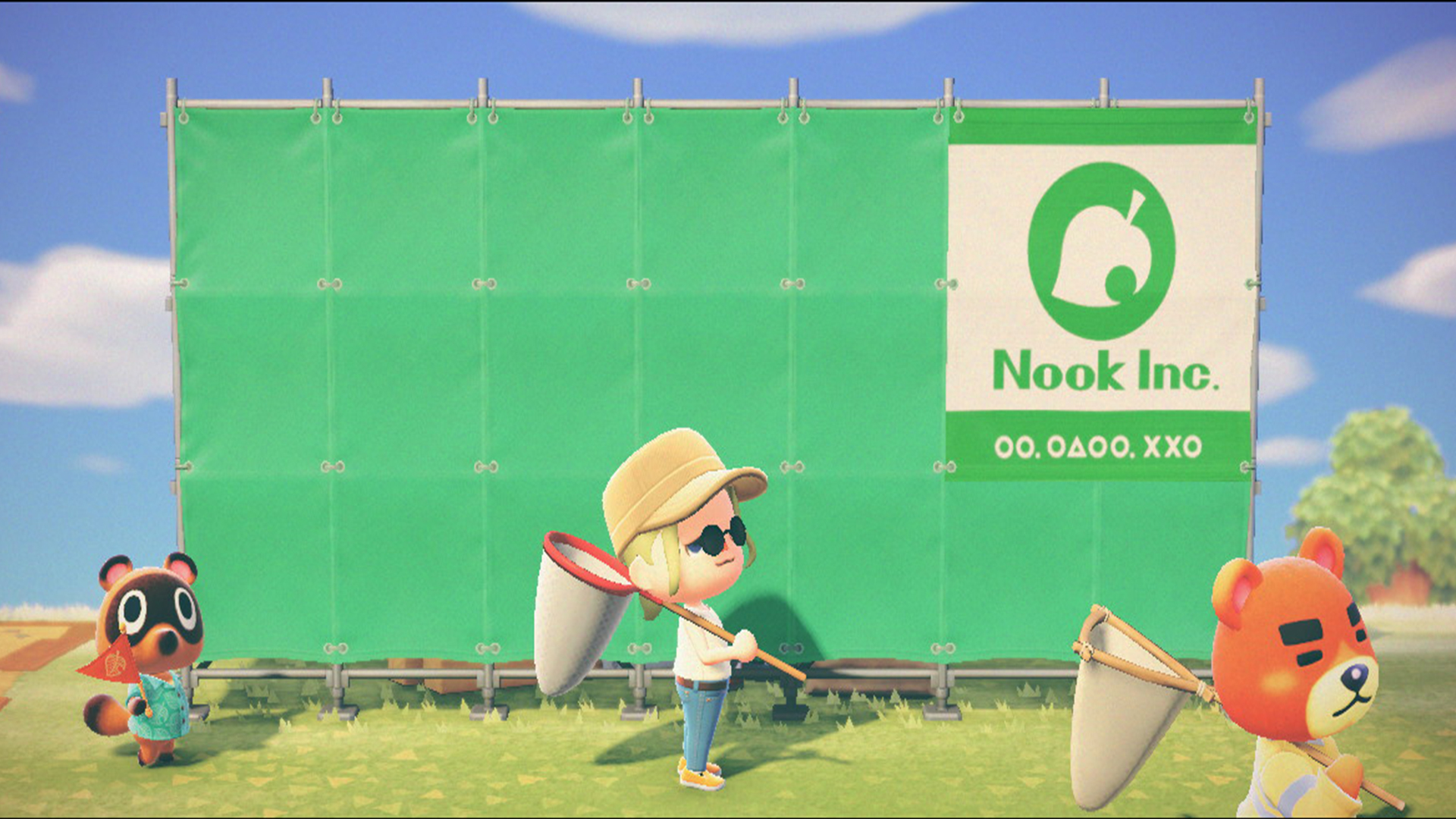What would a real life Animal Crossing: New Horizons island be like? We speak to zoologists to find out
It might shock you to learn this, but Animal Crossing isn't an accurate representation of real life

By now you will most likely have spent a significant amount of time with Animal Crossing: New Horizons. Good isn't it? You might say that it's exactly what we all needed during these crazy times and provides a genuine retreat from pandemics and reality. A retreat to a better place! A place of fishing and fossil collecting, and maybe reading a bit too much into the weird stuff that Tom Nook says.
And yet the other day we at GamesRadar had a strange idea. We thought, 'what would Animal Crossing look like if it were a real place?' We thought, 'How would the animals get on with each other?' And also 'Can actual racoons help us decide, for good, whether Tom Nook is a bad lad or not?' And then we thought, 'it's amazing that we get to do this nonsense for a living.' And so we spoke to some actual zoologists, Jake and Alice, to find out more.
Read this piece and then wash your hands!

Hello you two! Could you introduce yourselves, what your deal is, and maybe what animals you really like? And then we'll get on with this very silly feature!
Jake: My name is Jake Belair and I've been working in zoos for about thirteen-years now. I've been fortunate to work with everything from cockroaches to tigers. I currently care for animals that the zoo trains for presentations and programs to help connect audiences to wildlife. My favorite kind of animal is the tamandua, which is a stinky anteater! My favorite animals that I care for currently are a pair of clouded leopards.
Alice: My name is Alice Clark. I'm a zoologist from north Wales. I'm currently awaiting my PhD in the social manipulation of female reproduction at the Mammalian Behaviour & Evolution Group at Liverpool University. And I used to be a science researcher at Chester Zoo.
Let's start with a very silly question. Taking a random Animal Crossing encounter and applying some actual zoology to it, if you put a chameleon, a bull, a frog, a squirrel, a tiger, and a kangaroo all in one space together, what would happen?
Weekly digests, tales from the communities you love, and more
Jake: The tiger would likely attack and try to consume the bull and the kangaroo. The others would be safe until the tiger was hungry again. Typically, large carnivores aren't going to hunt small creatures because it's not worth the investment. They don't want to expend a bunch of energy for just a couple bites of food, you know?
Alice: These animals would have never encountered each other before, so instinct may not be immediate. Depending on if this tiger was hungry, I can imagine an immediate face-off between it and the bull. Maybe if the bull were too hard of a kill it would go for the kangaroo. If it decided it wanted a quick snack then it would definitely go for the squirrel, but I reckon the squirrel would be out of there the quickest. The chameleon and frog would probably go and hide somewhere. There would be a lot of confusion!


For a generation of players, Blathers will be remembered as public enemy number one for the stunt he pulled this weekend in Animal Crossing: New Horizons with the museum.
In Animal Crossing, predators and prey live side by side harmoniously. Are there any real-world examples of carnivores and herbivores living side-by-side?
Alice: I once had a golden retriever that was absolutely fine around my two rabbits, so I can say from personal experience that yes this does happen!
Jake: Certainly, carnivores and herbivores can be found together, but it would be rare to find a predator and its prey right next to each other. You can easily find hawks, owls and eagles living around gazelles and antelopes on the plains of the Serengeti, but while those birds are carnivores, they don't hunt gazelles or antelopes, so there's no danger for the herbivorous hoofstock. Does that make sense?
I was watching a David Attenborough documentary once and there was a segment where a bird was sat on top of a crocodile. I like to think they were friends!
Jake: What you're describing is sometimes just incidental. A bird may land on an alligator or crocodile, thinking it's a log. However, symbiotic relationships exist all around nature. Think of bees and flowers. Bees need nectar from flowers, and flowers need something to help pollinate so they can keep growing. Or clownfish and anemone. The fish gets protected and the anemone gets to eat leftover or discarded food.
Alice: These relationships are called 'mutualisms'. There's also oxpeckers and rhinoceros or zebra. The oxpecker eats the ectoparasites on the large mammals, gaining food, while the rhino or zebra is being cleaned for free! And there's remora fish and sharks. Remora fish will attach themselves to the underside of sharks and feed on parasites on the shark's skin – plus they will gain protection from predators by having a shark bodyguard!
There's a racoon character in Animal Crossing called Tom Nook. He runs the local shop and can sell you a house. Lots of players think he's evil. What are raccoon personalities like? They look pretty evil…
Alice: I certainly wouldn't call racoons evil! I think there's some human perception of racoons being sneaky, mischievous, and even a bit rebellious because of their bandit-like appearance. Sly Cooper in the old The Racoons cartoons is a great example, but lots of predators get depicted that way in pop culture – I'm thinking of the hyenas in the The Lion King.
Jake: Raccoons are incredibly intelligent! Way smarter than most folks give them credit for. They work together and are resourceful. Think about them getting into trash cans with increasing difficulty! They adapt to a variety of environments and hunt down running water very easily!

And, there's a character called K.K. Slider in Animal Crossing He's a musician, but also a dog. Do any animals make what might be described as music?
Jake: Birds! Birds make such gorgeous melodies all the time, typically to attract mates. Think of mynahs and lyrebirds, who can mimic sounds that they hear. And sparrows and canaries, who sing so beautifully!
Alice: Yes! There's enormous complexity in animal vocal and sound communication. Bird song is the first immediate example I can think of, but there's more to it than the high-pitched song of birds in your garden. Take the cassowary for example, the large prehistoric looking birds native to New Guinea which let out a vocalisation called a 'boom' which is such low frequency that it is not audible to humans. There are also whales. The song of the humpback whale was a massive turning point in helping humans relate to these impressive animals and care more about their conservation.
There's also a character called Mr. Resetti in Animal Crossing. He's a mole. A very angry mole. What are the personalities of moles like?
Jake: Moles are industrious and always moving. Getting the job done and staying hidden and thereby safe from predators is the name of the game.
Alice: I don't have much experience with moles, however I just asked this question to my co-worker and they say, 'I once caught a mole with my hands and it started digging through my flesh. I don't know if this makes for an angry personality, but I surely did not like it!'
Looking for more on Animal Crossing: New Horizons? We've got a huge amount of walkthroughs, tips, and more to help you settle into your new adventure over at our Animal Crossing: New Horizons guide hub.


